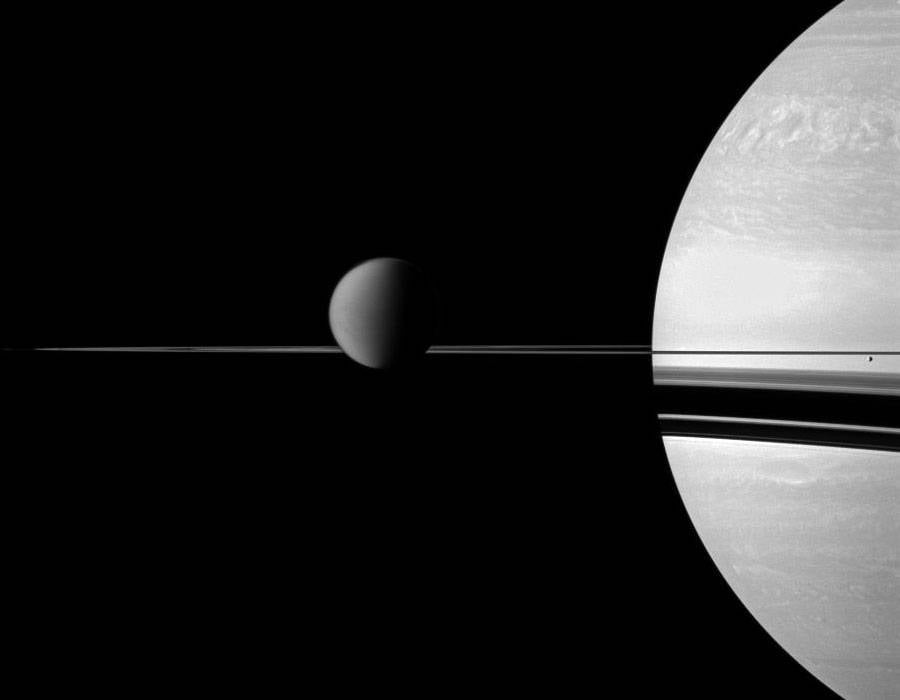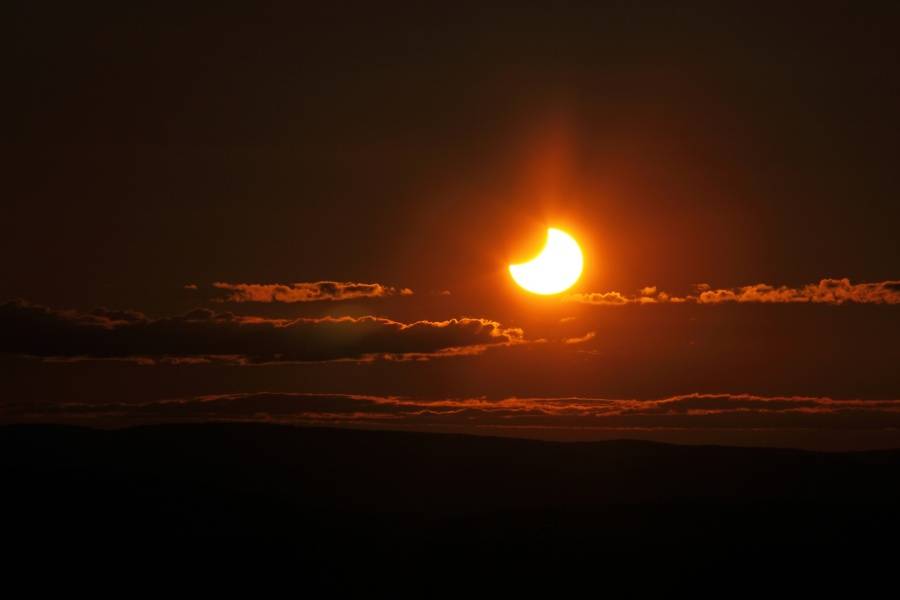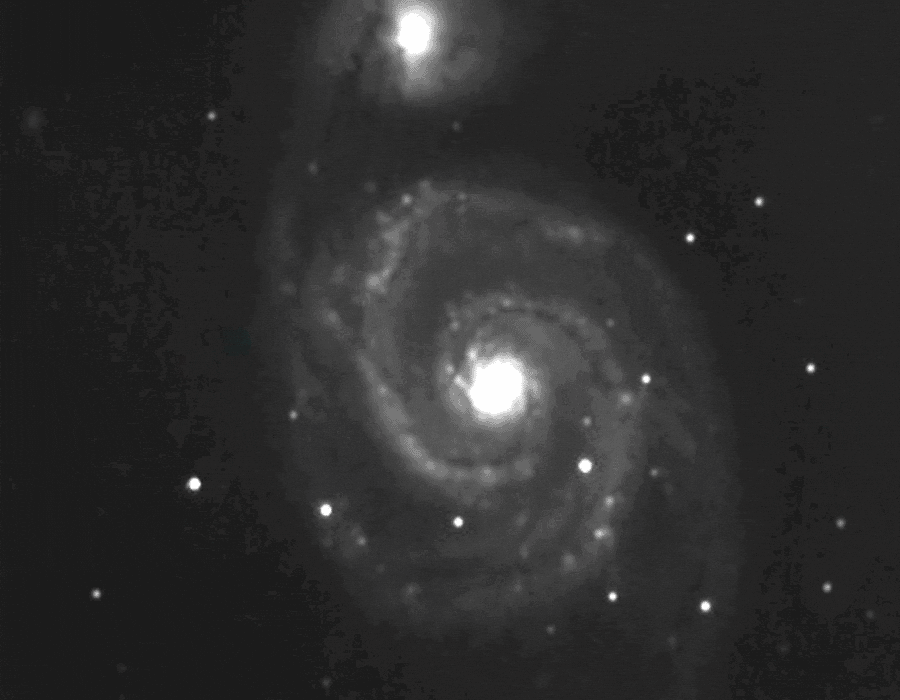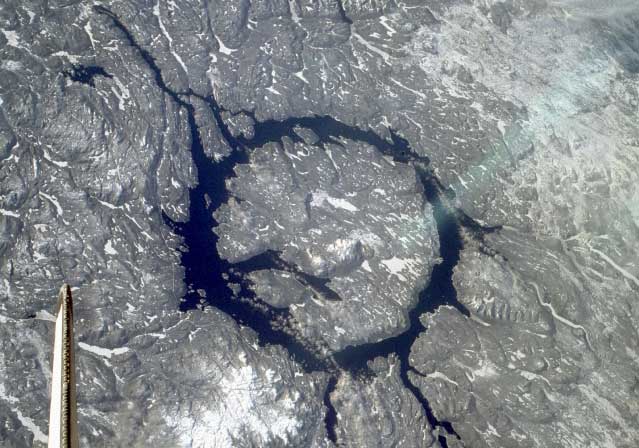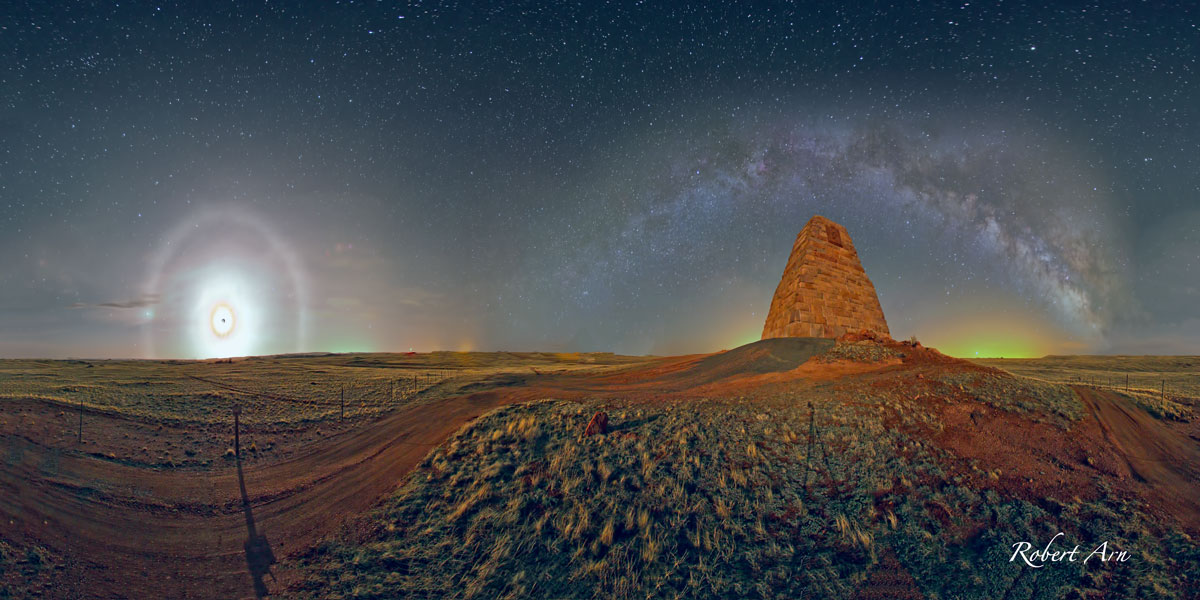xsited1
Agent P
- Thread starter
- #41
Stunning Video: Comet Collides With the Sun - FoxNews.com


NASA's solar observatory captured a stunning video of a comet streaking towards the sun between Tuesday and Wednesday -- and the aftermath when it collided with the tremendous ball of plasma.
The video, captured by NASA's Solar & Heliospheric Observatory (SOHO), appears to show a fireball jet out following the collision. That's not quite what happened, NASA explained. Instead, a coronal mass ejection coincidentally blasted out to the right just as the comet approaches and is vaporized by the sun.



